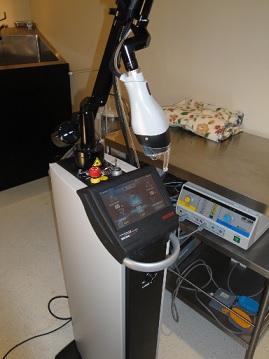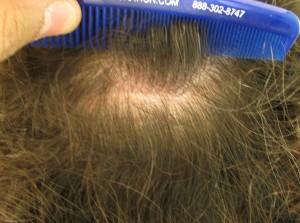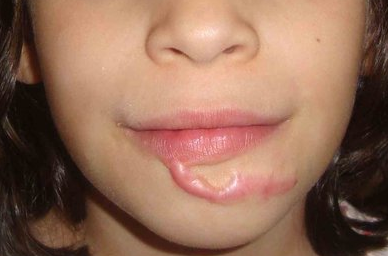Purpose of Scar Revision
Psychological and physical considerations
Many patients who present themselves for reconstructive surgery suffer from PTSD (post traumatic stress disorder.) In order to provide the best solution for the patient a cosmetic doctor will address the psychological trauma with a therapeutic adjunctive consult. In such cases it is paramount that therapist have exceptional experience in PTSD for the patient negotiating serious psychological trauma. Though elected the scar revision surgery can exacerbate the patient’s fears.
Scar revision in most instances requires a waiting period. This time allows for patients not suffering from PTSD to psychologically adjust to the prospect of one or more additional surgeries to bring about reasonable consideration of their proposed surgical treatment plan.
Realistic perspective is critical in scar revision and reconstructive surgery. Healing time is quite often lengthy; the patient’s understanding of this is important to their well being. Many cases present the need for adjunctive medical treatments such as dermabrasion, steroid injections or laser resurfacing.
Preparation for Scar Revision
Timing of scar revision
The location of injury and type of scar combined with an individual’s psychological readiness are all critical to the timing of scar revision. Following the initial injury a six to twelve month wait is not unusual. Surgical intervention can only take place after a thorough consult an assessment. This assessment will most often define the following five major factors:
- the characteristics and nature of the initial injury
- the relationships to anatomic location and relaxed skin tension lines (RSTLs)
- likelihood of pathologic healing (such as hypertrophic scar , keloid )
- any regional functional impairment by deformity ( such as oral or ocular impairment)
- surgeons should also recognize that conservative nonsurgical methods may be applicable as a primary treatment method
These are just some of the general factors in scar revision. This is a complex and highly individualized medical treatment. Availing oneself for scar revision takes expert medical consult. It is best to research the best cosmetic surgeons in this area and interview with several.

 Scars are immensely varied and come in all shapes and sizes. Surgery remains the best option for more severe scars, other scars can be treated with the advance development of lasers for dermatological use. Treatment of scars with laser has steadily grown, giving both patients and physicians more flexibility to determine the best method of treatment.
Scars are immensely varied and come in all shapes and sizes. Surgery remains the best option for more severe scars, other scars can be treated with the advance development of lasers for dermatological use. Treatment of scars with laser has steadily grown, giving both patients and physicians more flexibility to determine the best method of treatment.
 Your treatment options vary based on the type and degree of scarring and can include:
Your treatment options vary based on the type and degree of scarring and can include: